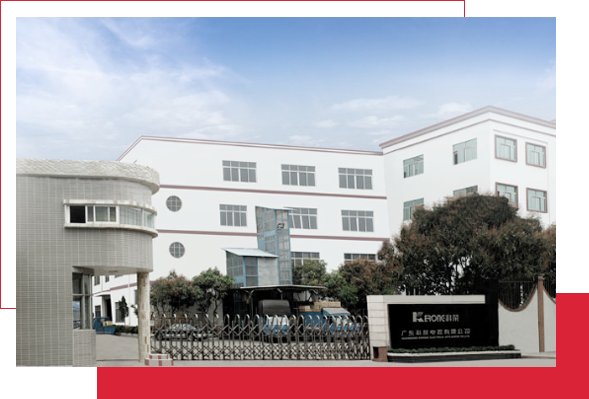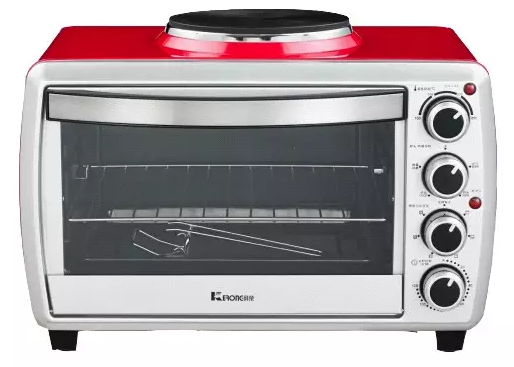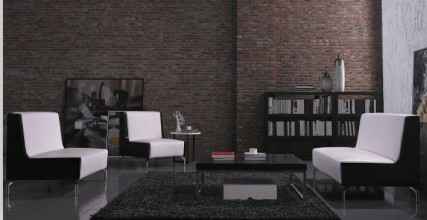





华体会平台-华体会(中国)一站式服务平台是一家广东省民营科技企业、国家高新技术企业、广东省制造业500强企业;是一家集研发、设计、生产、销售于一体的家用电器专业制造企业。公司地处素有“家电王国”之称的珠江三角洲腹地——顺德容桂区,主要产品有中高档消毒柜、吸油烟机、燃气灶、电烤箱、红酒柜、电陶炉、养生破壁机等系列产品。
 500
500
广东省制造业500强
 1,000+
1,000+
超过1000名员工
 80,000,000+
80,000,000+
8000万固定资产



厨房用具最为讲究,比如煎需要平底煎锅;蒸,需要高压蒸锅;炖,需要瓦陶炖盅;而同时满足日常所需的所有烹饪方式,只需一台华体会平台-华体会(中国)一站式服务平台电烤箱。它全方面考虑到消费者的实用性,三档炉头加烤箱七档设计...
>
你能完整的吞“噬”一个苹果吗?答案是不,为什么连皮和恶心的核都得吃下肚。因为它们的营养价值不削于果肉本身。华体会平台-华体会(中国)一站式服务平台开发此款养生机是希望透过多元化运用发现每种蔬果存在的意义...
>
从内而外,慢慢地细胞数量骤减、筋骨疏松,各级器官功能衰退,呈现出皮肤松弛肉赘,手脚缓慢不便以及各种并发症。这不就是衰老的症状?是的,如果你还在懵懂的认为养生只是老年人干的事,那...
>
客厅是家的脸面,沙发是客厅的灵魂,代表着一个家庭的性格和品位。在家里享受着清闲的家居生活,我们主要以沙发为载体在享受着美好生活。所以沙发当然是家居不可缺少的家具之一,可想而知沙发...
>